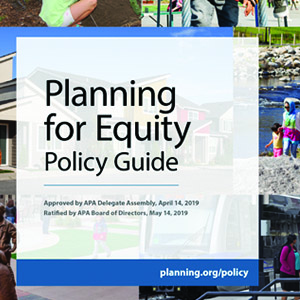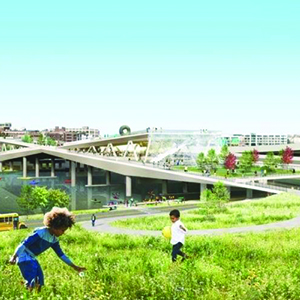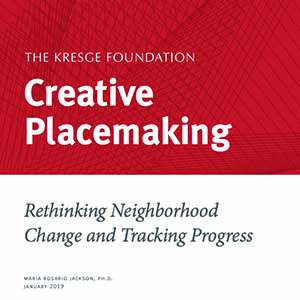PLANNING FOR EQUITY POLICY GUIDE
APA's first-ever Planning for Equity Policy Guide identifies policy recommendations for planners to advocate for policies that support equity in all aspects of planning at local, state, and federal levels.
285
POLICYLINK'S CREATING CHANGE THROUGH ARTS
Arts and culture are essential for building community, supporting development, nurturing health and well-being, and contributing to economic opportunity. This report highlights both promising and proven practices that demonstrate equity-focused arts and culture policies, strategies, and tools. The report describes the role of arts and culture across the nine sectors. Within each policy chart there are goals, policies, and implementation strategies that can help achieve communities of opportunity.
PRIMER COMMUNITY DEVELOPMENT AND THE ARTS
For arts practitioners looking to understand community development, arts-based community development, civic engagement, and creative peacemaking by utilizing existing neighborhood resources when working to develop a community.
PRINCIPLES FOR PARKS AND EQUITABLE DEVELOPMENT
There is a frustrating truth in the world of community development: new large-scale development, no matter how much it is designed to support the existing neighborhood, often displaces or alienates some longtime residents. This article breaks down how communities continue to push back and develop models for creating green space that does not come at the cost of community stability, and instead contributes to the health, well-being, and inclusivity of residents.
RACE, GENDER, AND EQUITY IN COMMUNITY DEVELOPMENT
This paper summarizes how 15 leaders of community development finance organizations are intensifying their focus on race, gender, and equity, and it provides a prescription for change. That prescription calls for a fieldwide reformulation of the community development vision that embraces equity and justice explicitly; it calls for an expanded policy agenda to update the tools used (the Low-Income Housing Tax Credit, the New Markets Tax Credit, and others) to include segregation-busting features; and it calls upon leaders to broaden their work toward “both-and” and inclusive strategies—that is, not only investing in the most distressed places, but enabling low-income families access to high-opportunity places.
RETHINKING NEIGHBORHOOD CHANGE AND TRACKING PROGRESS
This paper discusses developments in the conception and assessment of Creative Placemaking initiatives and the assessment of comprehensive community development strategies. The observations and insights stem from a small but growing body of research on the roles of arts and culture in communities, as well as from well-established literature on urban poverty and inequality.











